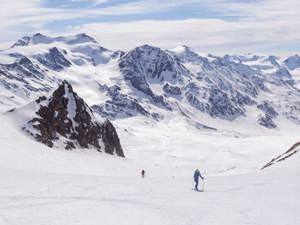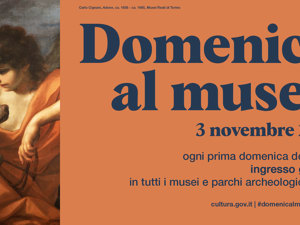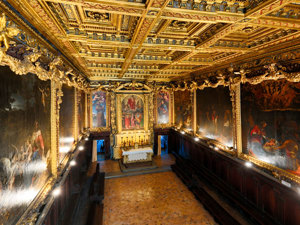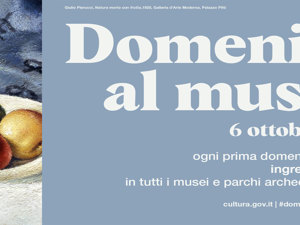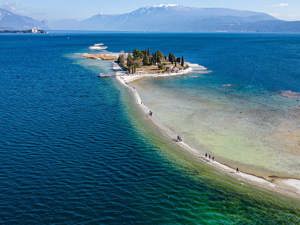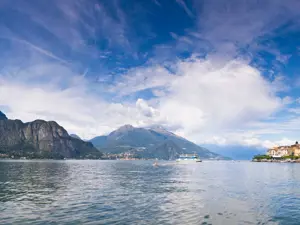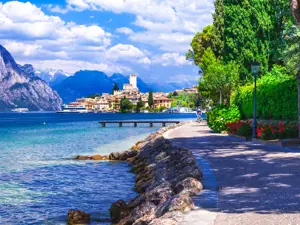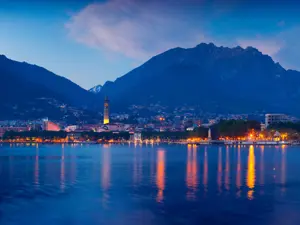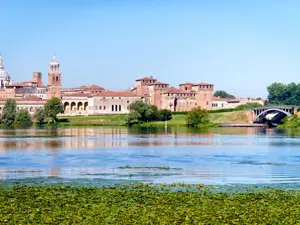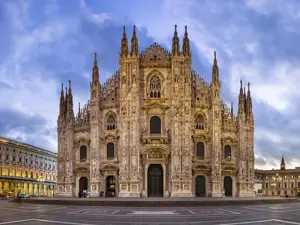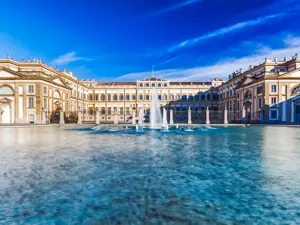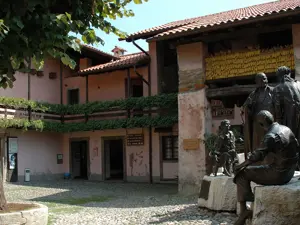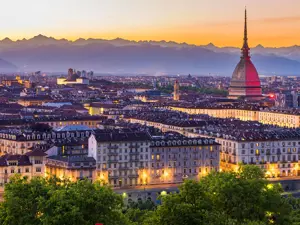A city of art and spirituality. Italian Capital of Culture 2023.
Among the most elegant cities in Lombardy, and the second-largest in the region, Brescia boasts a great variety of architectural styles due to the stratification of its long history, expressed in its urban architecture, palaces, and numerous churches, both small and large cathedrals.

Brescia. Copyright © Sisterscom.com / Shutterstock
Brescia is a city where art and culture have always played a dominant role, as evidenced by its important museums that preserve a great number of masterpieces, not to mention its magnificent surroundings, with the lakes of Garda and Iseo, as well as the suggestive peaks of Val Camonica, frequented by thousands of Italian and foreign tourists. Some treasures to admire in the valley date back to prehistoric times, such as the nearby and famous rock carvings, a UNESCO World Heritage Site.
Going back in time, the remains of houses and noble palaces from the Roman era are particularly evocative, a period that had its political, commercial, and religious center in the Piazza del Foro and the Capitolium.

The Capitolium of Brescia. Copyright © Sisterscom.com / Shutterstock
On the Cidneo Hill, the imposing construction of the Castle stands out, dating back to the Middle Ages.

Il Castello di Brescia. Foto: Copyright © Sisterscom.com / Shutterstock
The great spirituality is manifested in the churches, starting with the New Cathedral in the central Piazza Paolo VI (dedicated to the great pope, Giovanni Maria Montini, who was born in the province of Concesio). The Cathedral presents itself with the characteristic facade made of the precious marble from the nearby quarries of Botticino, the same marble used for the Altar of the Fatherland in Rome and the White House in Washington, which the people of Brescia rightly take pride in.
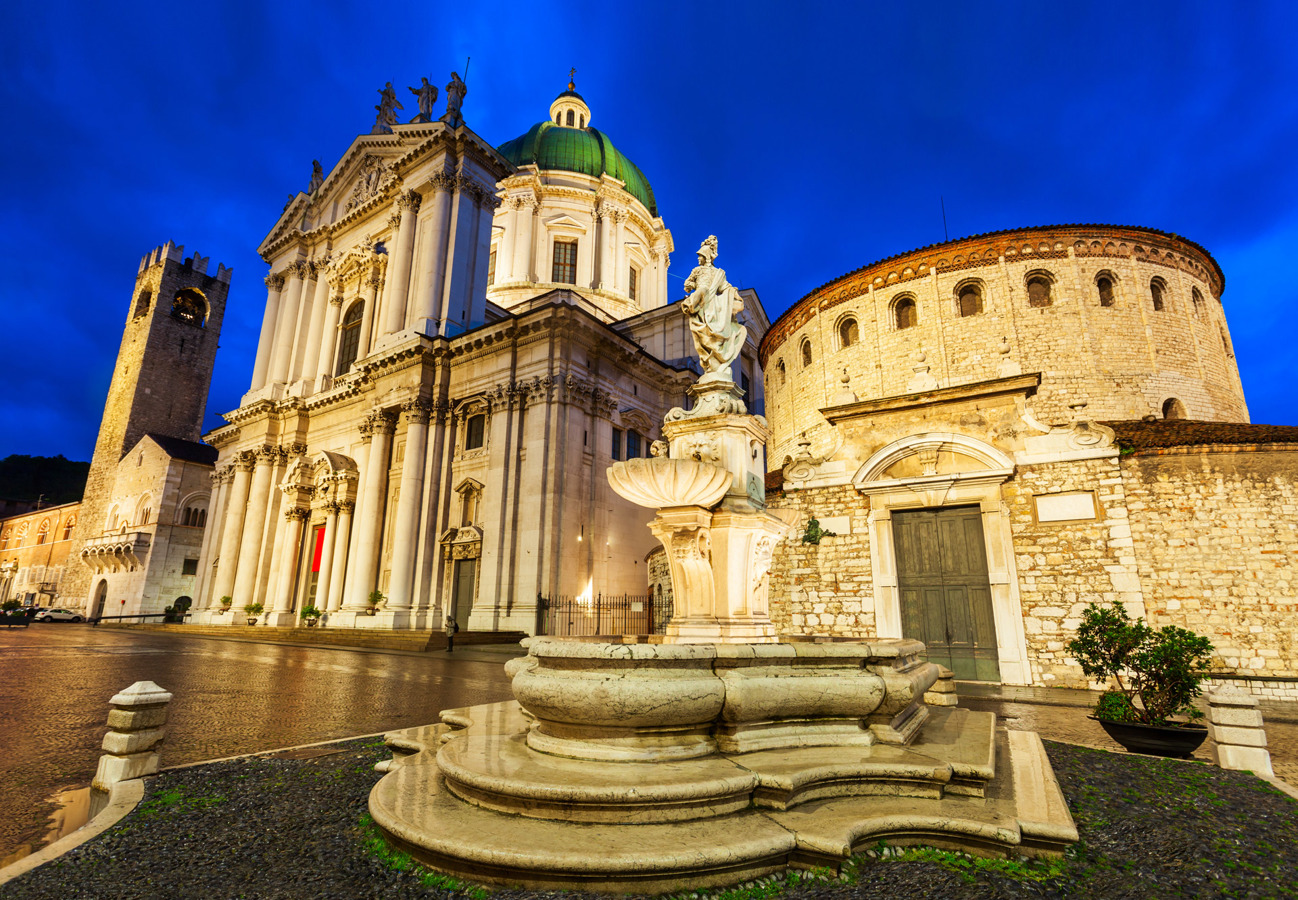
Il Duomo Nuovo a Brescia. Foto: Copyright © Sisterscom.com / Shutterstock
Another jewel of the city is the Old Cathedral, a rare example of circular Romanesque style still in existence. But there are many other art churches to mention: Santa Maria della Carità, with its sumptuous Baroque style interior, Santa Maria del Carmine, the Monumental Complex of Santa Maria delle Grazie (dear to the people of Brescia) with the basilica, the sanctuary, and the former convent. And also worth noting is the Church of San Cristo, considered the Sistine Chapel of Brescia, located near the grand Museum of Santa Giulia: this is an extraordinary place, with important artistic testimonies of Brescia and its long history.

Frescoes inside the Museum of Santa Giulia in Brescia. Foto: Copyright © Sisterscom.com / Shutterstock
Here is preserved the beautiful bronze sculpture from the Greek era and restored in the Roman period, the Winged Victory, which is the city's symbol, also because the presence of the Roman period is well represented inside with the remains of two splendid houses of the time. And the Diocesan Museum also collects masterpieces of painting, sculpture, illuminated manuscripts, sacred goldsmithing, and liturgical textiles.
Still among the museums, the Toso Martinengo Art Gallery stands out, with important works of Italian Renaissance art.
Brescia, a city of culture that is also expressed in its music venues, such as the Teatro Grande, where the International Piano Festival of Brescia and Bergamo takes place every spring, one of the most important piano events in the world. The museums that tell the more recent stories of the territory are also surprising, such as the Mille Miglia Museum, an event born in the city itself, with rare vintage cars and memorabilia from the most exciting and famous four-wheeled race. Other museums related to operational activities, such as the Iron Museum in Val Trompia, the Hydroelectric Energy Museum in Val Camonica, the Mazzucchelli Museums in Marzano, which include memorabilia from the wine-making activity as well as numerous corkscrew specimens, and the Musil, a complex scattered in various locations including the Museum of Industry and Labor in Franciacorta.
This is a name that evokes the large vineyards surrounding Brescia, producers mainly of some of the most renowned and appreciated sparkling wines in Italy and abroad. These wines are also suitable for accompanying local specialties, all made in full respect of a long tradition, such as 'casoncelli' alla bresciana, a sort of ravioli filled with tasty meat or vegetables, 'castagnaccio', made with chestnut flour, raisins and pine nuts, 'coniglio alla bresciana', and 'bossolà', a typical Christmas cake with a donut shape, recipes of which the women of the area are proud.
Text by Anna Glik
Updated by Alisè Vitri
Avion Tourism Magazine
Photos: Sisterscom.com, Shutterstock
Copyright © Sisterscom.com
Copyright © Sisterscom.com
Video: www.turismobrescia.it
Tourism board
www.turismobrescia.it
Where to sleep in Brescia

Brescia.Copyright © Sisterscom.com / Shutterstock
Brescia è una città accogliente ed offre diverse possibilità di soggiorno in strutture dotate di ogni confort.
Per trovare l'hotel ideale e le migliori offerte si può fare una ricerca per stelle ma anche per quartieri o luoghi d'interesse.
STARS
Hotels for stars, and by services:
LANDMARKS
Hotels in tourist areas
REGION
Hotels in the Region
AIRPORT
Hotels nearby the airport
WHERE TO GO IN BRESCIA
Churches in Brescia

Photo: Copyright © Sisterscom.com / Shutterstock
CHURCH OF SAN CRISTO
The marvellous Church of San Cristo is part of a convent complex built towards the end of the 15th century. The interior, with a single nave, features a rich decoration of frescoes from the 5th and 6th centuries, which is why it is called the Sistine Chapel of Brescia.

Photo: Copyright © Sisterscom.com / Shutterstock
CHURCH OF SAINTS FAUSTINO AND GIOVITA
Dedicated to the two patron saints of the city of Brescia, with large compositions by Gian Domenico Tiepolo inside, illustrating the martyrdom of the saints and their appearance to the citizens during the siege of Brescia in 1438 by the Milanese Signoria of the Sforza family.
Museums in Brescia

Photo: Copyright © Sisterscom.com / Shutterstock
SANTA GIULIA MUSEUM
It is the most important museum in the city of Brescia, located in a former monastic complex dating back to the Lombard era of the 8th century and built by King Desiderius. Covering an area of 14,000 square meters, with 11,000 valuable pieces on display, the museum complex includes the Lombard Basilica of San Salvatore with its beautiful crypt inside, the Romanesque Oratory of Santa Maria in Solario, where the precious cross of King Desiderius shines, as well as the 16th-century Church of Santa Giulia. Worth admiring are the "domus dell'ortaglia," Roman homes discovered in the convent's garden. www.bresciamusei.com

Photo: Copyright © Sisterscom.com / Shutterstock
MILLE MIGLIA MUSEUM
Located inside the Santa Eufemia Monastery of great architectural value, this modern museum presents not only extraordinary examples of cars from the early 1900s but also memorabilia, documents, films, and even period clothing that trace the history of the legendary automobile race, a cultural sporting event that started in Brescia. Vintage cars are displayed in the exhibition space embellished with special settings that recall the different historical periods of the legendary race.
www.museomillemiglia.it
DIOCESAN MUSEUM
Located in the Great Cloister of the Monastery of San Giuseppe, it presents numerous valuable works divided into four sections: the Diocesan Gallery, with works by Giambattista Tiepolo and Paolo Veneziano, the Collection of Illuminated Codes with 22 rare examples dating from the 12th to the 16th centuries, the Goldsmithery, with a group of precious liturgical furnishings such as chalices, censers, monstrances, as well as a collection of ex-votos from the 18th century, and the Liturgical Fabric, with precious gold-embroidered chasubles dating from the 12th to the 16th centuries, made in Venice and France.
TOSIO MARTINENGO ART GALLERY
Inaugurated in 1908 with the bequests of Count Paolo Tosio and Francesco Leopardo Martinengo, the Tosio Martinengo Art Gallery displays works by great Renaissance artists such as Raphael, Lotto, as well as Hayez, Canova, and others. The heart of the Art Gallery is constituted by the Brescian Renaissance painting, represented by Vincenzo Foppa, Giovanni Gerolamo Savoldo, Girolamo Romanino, and Alessandro Moretto. In the art gallery, there are also collections of enamels, ivory, medals, and glass.
PAOLO VI CONTEMPORARY ART COLLECTION
Located just a few kilometers from Brescia, in Concesio, Val Trompia, is the rich collection of artworks gathered by Pope Montini, with 7,000 pieces including drawings, paintings, sculptures, and works by artists such as Matisse, Chagall, and Picasso. The Pope's birthplace is also a pilgrimage destination.
www.collezionepaolovi.it
MAZZUCCHELLI MUSEUMS
Located just a few kilometers from Brescia, in Mazzano, is this imposing museum complex, which includes the Giuseppe Alessandra Art Gallery, with a rich collection of works by Venetian artists such as Tiziano, and the Museum of Fashion and Costume, with 6,000 pieces including clothing and accessories. Don't miss the Wine and Corkscrew Museum for enthusiasts. www.villamazzucchelli.it
Excursions in Brescia

Photo: Copyright © Sisterscom.com / Shutterstock
THE VITTORIALE DEGLI ITALIANI
One cannot miss visiting Gardone Riviera on Lake Garda to see the impressive monument (made up of buildings, streets, squares, and fountains) including the Prioria, the poet Gabriele D'Annunzio's evocative residence, which tells the story of his heroic deeds during World War I.
www.vittoriale.it
Foto: Copyright © Sisterscom.com / Shutterstock
NATIONAL PARK OF ROCK ENGRAVINGS
Located in the nearby Valcamonica in Capo di Ponte, Naquane. It is an open-air museum in a beautiful woodland setting. Established in 1955, it displays 104 engraved rocks from the 1st to 5th millennium BCE, representing warriors, animals, and deities from the prehistoric period.
www.parcoincisioni.capodiponte.beniculturali.it
News & Useful info
Shopping
You might be interested in
Destinations found in the vicinity
Other destinations



